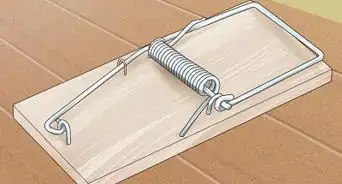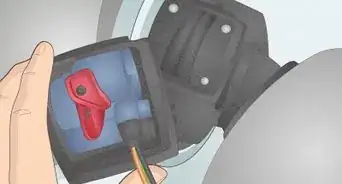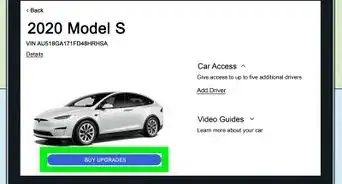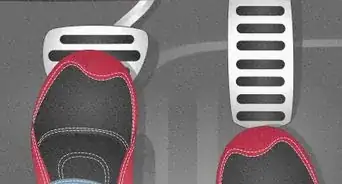This article was co-authored by wikiHow Staff. Our trained team of editors and researchers validate articles for accuracy and comprehensiveness. wikiHow's Content Management Team carefully monitors the work from our editorial staff to ensure that each article is backed by trusted research and meets our high quality standards.
There are 14 references cited in this article, which can be found at the bottom of the page.
wikiHow marks an article as reader-approved once it receives enough positive feedback. In this case, 100% of readers who voted found the article helpful, earning it our reader-approved status.
This article has been viewed 83,582 times.
Learn more...
There are a number of things that you can do to get the most out of your hybrid car. Taking care of your battery, using cruise control, and accelerating slowly will help your hybrid function at optimum efficiency. Staying conscious of your fuel economy will also improve your hybrid experience. And before purchasing your hybrid, investigate the different brands and types, and look for opportunities to save through employer and government rebates.
Steps
Driving Efficiently
-
1Limit your driving. The best way to use your hybrid car efficiently is to not use it at all. Walk or bike to your destinations when possible. You could also use public transport, such as buses, trains, and subways. Alternately, grab a ride with a friend and carpool to your destinations.
-
2Develop good driving habits. Most hybrid drivers say that to maximize their hybrid’s possibilities for efficiency, they must re-learn how to drive.[1] While things like watching their speedometer and using cruise control are not foreign to the experience of driving a regular car, they become crucial aspects of driving a hybrid.
- Keep an eye on the dashboard fuel economy display, if present.[2] This display will give you a real-time update about your fuel efficiency. Incorporate driving styles that are fuel-efficient into your regular driving behavior.
- Use your brakes. Hybrids employ a technology known as regenerative braking. This means that the energy produced by the brakes -- wasted as heat in normal cars -- is used to recharge the battery of your hybrid.[3] Apply gentle, even pressure to the brakes and gently glide to a stop.
- Don’t brake too soon. Give yourself enough distance and space to effectively brake.
Advertisement -
3Drive in high-occupancy vehicle (HOV) lanes. HOV lanes are designed to reduce traffic during rush hour and peak travel times by vehicles with two or more people. Certain states also allow hybrid cars to make use of HOV lanes even if they contain only one passenger.
- California, for instance, permits hybrid car drivers to use the HOV lane if they have a Clean Air Vehicle Sticker and their car is on the approved list. See http://www.arb.ca.gov/msprog/carpool/carpool.htm for more information.
- Virginia offers a similar program.[4] Check their list of approved hybrid vehicles at http://www.dmv.virginia.gov/vehicles/#cleanspecialfuel.asp to discover whether your hybrid can be used in HOV lanes. However, you will not be able to drive the car in HOV lanes on I-95 or I-494 with less than three passengers.
-
4Keep your speed low. Your hybrid car’s fuel efficiency will decline when you drive over 55 miles per hour. If you drive with the cruise control set to 70 miles per hour or more, turn it off, especially on an incline. Try to aim for a top highway speed of around 60 miles per hour.[5]
- Don’t be afraid to ride in the slow lane. Let other cars pass you.
- Use moderate acceleration.[6] Accelerating too quickly will cause both the gas and electric engines to operate in tandem. When heading up a hill, Try find that Goldilocks zone with your hybrid car -- an acceleration level that is neither too slow nor too fast. Drifting in either direction will cause your mileage and fuel efficiency to decline.
-
5Try different acceleration techniques. Monitor fuel efficiency while you use each. For instance, try accelerating slowly for a few weeks, then try accelerating a bit faster, and then try accelerating more quickly. Compare the mileage results of the different techniques and adopt the most fuel-efficient one.
- After reaching your desired speed, coast as long as possible until you need to stop or turn.
- Be mindful of how you start your vehicle at stoplights. Your hybrid is programmed to turn off the engine when in park or when you’re not moving.[7] It will turn on again when you resume motion. Use your foot to gently apply pressure to the gas pedal to start the car in motion.
-
6Use cruise control. With the cruise control on, you’re less likely to rev the engine and accelerate quickly, which can cause the gas engine to kick in to provide the extra push that rapid acceleration requires. Lay off the gas and set your cruise control to your desired speed whether you’re on the highway or on a street.[8]
- If you don’t have cruise control, try to keep your speed constant. Not only does accelerating your vehicle use energy, slowing it wastes your energy as well. A constant speed is the most energy-efficient for your vehicle.
Using the Battery
-
1Manage your battery’s charge. If your battery is fully charged, it will more quickly wear out. Similarly, if your battery is totally or nearly depleted, it will have an adverse affect on the total number of charges you’ll be able to get out of it.[9] Keep an eye on your battery’s gauge. When you’ve charged it to an upper mid-range value, around 80%, end the recharging process. Don’t let the battery’s power drop beyond 20%.
- Some hybrid manufacturers have factored this fact into their design, and have safeguards in place from preventing a battery from actually reaching a totally full or totally empty state. Consult your user manual for specifics about how to manage your battery’s charge levels.
-
2Keep your battery warm. Keeping your battery warm really means keeping your car warm. If a battery gets cold, the amount of energy you can get out of it decreases.[10] During winter, keep your hybrid in the garage to spare it from the worst of the cold weather.
- Turn on your car and let it sit idle for a bit in order to get the battery warmed.
- Excessive heat can be bad for your battery, too. A battery at ninety-two degrees Fahrenheit will only last five years. Keep your car in the garage and out of direct sunlight.
-
3Use the battery rather than the gasoline engine. Your hybrid might offer the option of choosing when to switch from the battery to the gasoline engine. When possible, use the battery, since you will save money on gasoline. In some cases, such as highway driving, hybrids will generally switch over to the gasoline engine automatically.
- Drive within your vehicle’s battery range. Most hybrids allow between 10 and 35 miles of driving exclusively on the electric battery before they need to transition to a gasoline engine.[11] Keep your drives short and at a close distance from your home. Stay close to home with your hybrid to maximize its efficiency.
Buying Your Hybrid Efficiently
-
1Educate yourself before you buy. Figure out if you want a full hybrid, an assist, a plugin, or a mild hybrid. Weigh the pros and cons of each before making a purchase decision.
- One design option you need to choose is whether to get a parallel or a series hybrid. A parallel hybrid is one in which both electric and gas engine can be used in tandem. Most hybrids are of this type. Some, however, are of the series type, in which only the gas or only the battery can operate at any given time.[12]
- Full hybrids can run on electricity alone. Mild hybrids are those in which the gas engine is on all the time, and the electric battery only provides an extra boost.
- Plugin hybrids can be plugged into the wall at your home or (if facilities exist) your workplace, but the gas engine will not recharge the batteries as in a non-plugin hybrid.
- The decision you make about what kind of hybrid you want comes down to your motivations and your budget. If you’re an eco-warrior, you might want to choose a full or parallel hybrid. If you make a lot of long trips but still want to improve your gas mileage, a series or mild hybrid might be for you. Always purchase a car within your price range.
-
2Check for rebates. Many employers offer financing and rebates for employees who want to purchase a hybrid car.[13] Hyperion, for instance, offers $5,000 for employees who wish to purchase a hybrid. The company commits $1 million each year toward its hybrid incentive program. Google, likewise offers $5,000 for employees that purchase “fuel-efficient” vehicles, which means many hybrids qualify for this rebate. They also offer $2,500 for leased vehicles.
- The federal government offers rebates of up to $7,500 on plugin hybrid vehicles that were purchased after 2010.[14] Many states also offer similar incentives on purchasing fuel-efficient or hybrid vehicles. Check federal and state regulations to determine if you could get a rebate on your vehicle.
- For a full list of state incentive programs, check out http://www.afdc.energy.gov/laws/state.
- For a full list of vehicles that qualify for federal rebates and incentives, visit https://www.fueleconomy.gov/feg/taxevb.shtml.
-
3Compare prices before you buy.[15] Different dealerships often have the same vehicle model priced at different values. Look around and compare prices on the car you want. Purchase your hybrid at the lowest price possible.
- Additionally, plan on negotiating with the dealership salesperson. You can often knock ten to twenty percent of the posted price of a car with some haggling.
- You could also compare prices among different hybrid cars. For instance, if two different hybrid cars vary in only a few unimportant features (for instance, maybe one has passenger video screens in it while another doesn’t), you should choose the car with the lower price.
- Always test-drive cars you think you might want to buy. If the car doesn’t meet your specifications, look elsewhere for one that will.
Community Q&A
-
QuestionHow can I keep my hybrid car's battery charged?
 Community AnswerHybrid car batteries are usually recharged automatically when your gasoline motor is in use. Plugin hybrids, however, require you to plug you car in to a three-pronged socket before use to recharge the battery. Consult your car's user manual for more detailed information.
Community AnswerHybrid car batteries are usually recharged automatically when your gasoline motor is in use. Plugin hybrids, however, require you to plug you car in to a three-pronged socket before use to recharge the battery. Consult your car's user manual for more detailed information. -
QuestionHow many batteries does a hybrid require?
 Community AnswerA hybrid car requires one battery.
Community AnswerA hybrid car requires one battery.
References
- ↑ http://www.hybridcars.com/driving-habits/
- ↑ http://www.motherearthnews.com/green-transportation/how-to-drive-a-hybrid-car-for-maximum-fuel-economy.aspx
- ↑ http://phys.org/news/2006-01-hybrid-cars-pros-cons.html
- ↑ http://www.virginiadot.org/travel/hov-rulesfaq.asp
- ↑ http://www.hybridcars.com/driving-habits/
- ↑ http://www.hybridcars.com/driving-habits/
- ↑ https://www.fueleconomy.gov/feg/hybridtech.shtml
- ↑ http://www.hybridcars.com/driving-habits/
- ↑ http://www.thetruthaboutcars.com/2013/02/the-truth-about-battery-life/
- ↑ http://www.thetruthaboutcars.com/2013/02/the-truth-about-battery-life/
- ↑ http://www.consumerreports.org/cro/2012/05/hybrids-101/index.htm
- ↑ http://www.consumerreports.org/cro/2012/05/hybrids-101/index.htm
- ↑ http://www.hybridcars.com/corporate-incentives/
- ↑ https://www.fueleconomy.gov/feg/taxevb.shtml
- ↑ https://www.consumer.ftc.gov/articles/0209-buying-new-car#buying
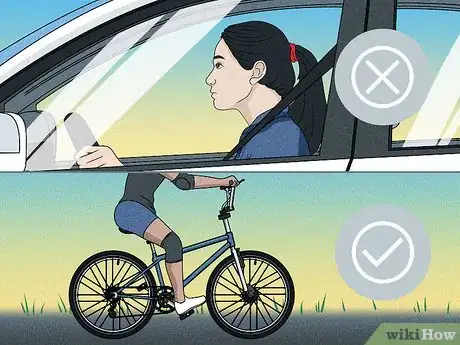


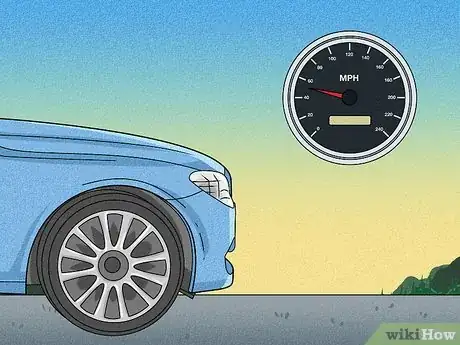
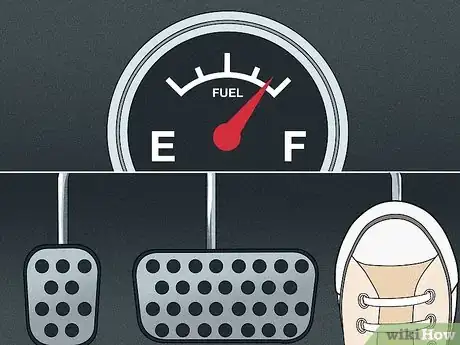


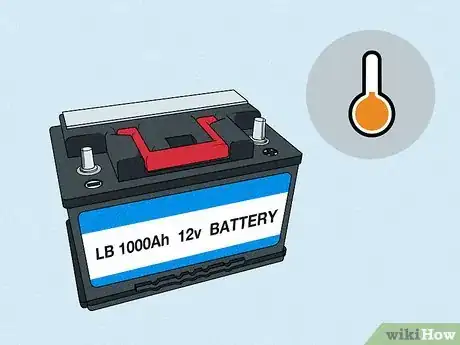
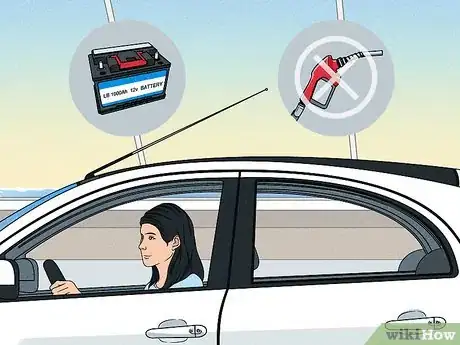
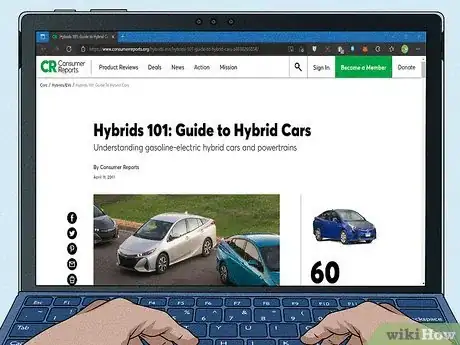
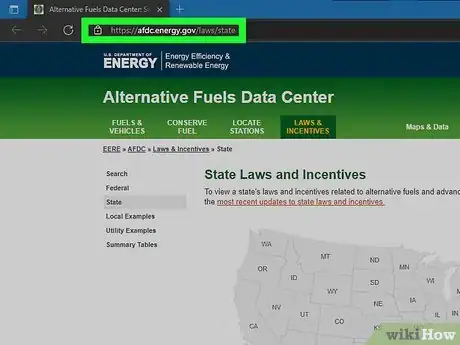

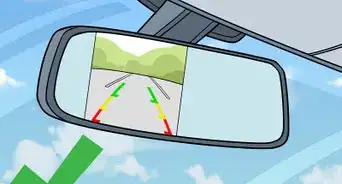
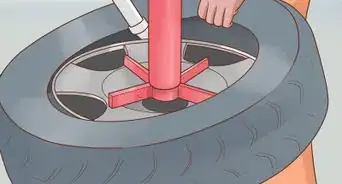

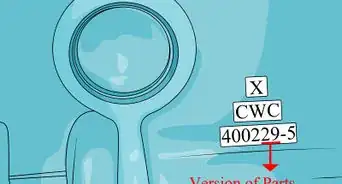

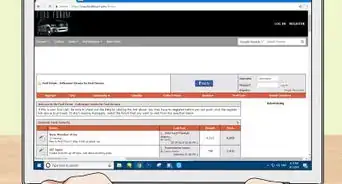
-Beetle-Step-5-Version-3.webp)
